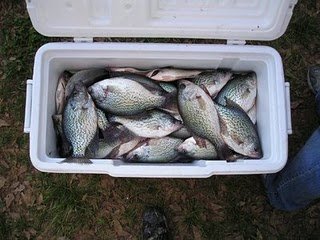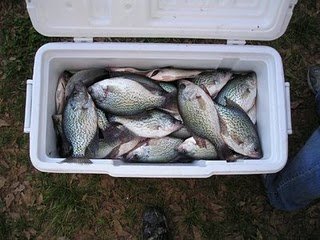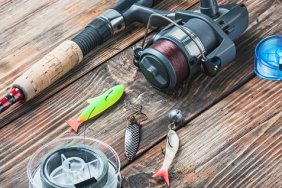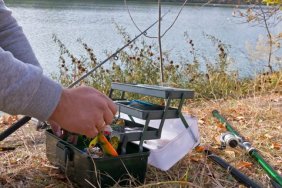 Any angler will tell you that, when the sun is high, fish go deep. It’s common knowledge that, due to being cold-blooded, fish will need to seek cover or cooler depths in order to escape the heat and blaring sunlight. Crappie are no exception to this rule. However, with a species such as crappie, whose tendencies involve situating in deep holes as it is, it’s not only enough to simply fish deep. Anglers seeking to filler their coolers with slabs this summer will also need to vary their presentation and lure choice if they want to do so.
Any angler will tell you that, when the sun is high, fish go deep. It’s common knowledge that, due to being cold-blooded, fish will need to seek cover or cooler depths in order to escape the heat and blaring sunlight. Crappie are no exception to this rule. However, with a species such as crappie, whose tendencies involve situating in deep holes as it is, it’s not only enough to simply fish deep. Anglers seeking to filler their coolers with slabs this summer will also need to vary their presentation and lure choice if they want to do so.
During the spring, crappie venture into shallower waters to spawn, where anglers can find them near brush piles and submerged trees, as well as sharp depth cutoffs. Crappie tend to become very aggressive during the spring, a trait that enables anglers to pull in dozens of slabs during the spawn. Following the spawn, though, they quickly head back to deeper waters for the remainder of the summer. This doesn’t mean they stop being active, however. In fact, crappie habits may even be more consistently predictable during this time.
One key location to seek summer slabs is deep ledges between 25 and 30 feet, where, in murkier waters, they hold between 10 and 15 feet. If the water’s a little more clear, due to vegetation, seek them a little deeper. Furthermore, it’s crucial to find such ledges where unique structure, like collections of stumps, is present. Use a depthfinder if possible to locate baitfish near the ledges, as crappie will surely be close by. Once these factors are met, it becomes a series of trial and error with crappie rigs with live minnows, which can be lowered directly to the structure. Use the sinker to feel for structure and obtain a better picture of what the bottom structure is like.
When fishing open water to locate schools of crappie, the best way to find them quick is to rig a few different rods with minnows and drift each at a different depth as you troll the lake. Once you get a few bites, then you can stop at that spot and cover the area with a fine-toothed comb. Once a school holding at a particular spot is found, then it’s only a matter of time before your livewell is full.
Perhaps the most important thing to remember—or, forget, I should say—is the myth that fish aren’t active when the heat rises. When the water temperature raises, their metabolic rate increases, which means they burn energy quickly, and, in turn, require more food. Anglers who are patient and methodic in terms of locating fish will be rewarded for their efforts by the end of the day with a cooler filled with slabs and a frying pan waiting for them at home.








